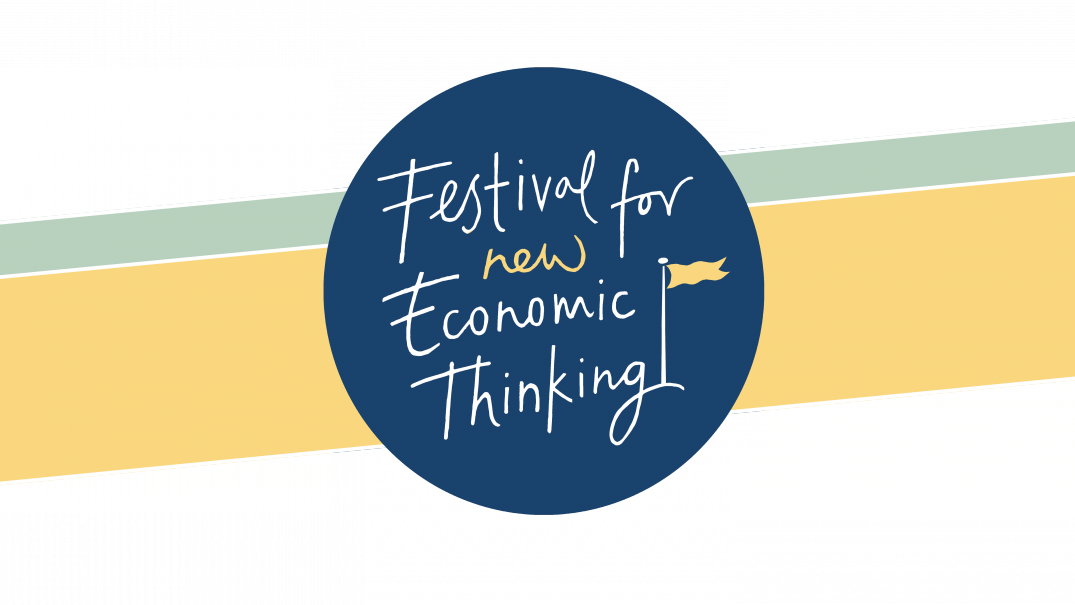Indian and African cooperation in a time of climate change and food shortage

In recent years China’s growing political and economic relationship with African nations has received much media attention. With significant Chinese investments in industrial infrastructure and energy extraction, it’s easy to see why. However, a quiet revolution has also been gathering pace in terms of trade cooperation between Africa and India. Compared to China, India has chosen to centre its strategy towards Africa in the tradition of South-South cooperation where nations and emerging economies in the global south aid one another to greater levels of growth and self-sufficiency.
In the area of food production, India has been using a combination of educational, technological and economic tools to help improve the situation in Africa. At first this was part of its continued policy of solidarity among developing nations but now it has shifted to a strategy to counter Chinese influence on the continent.
At the Festival for New Economic Thinking, Malancha Chakrabarty, an economist and research fellow at the Observer Research Foundation (ORF), gave a workshop on China, India and African Development. In her presentation Chakrabarty discussed India’s more balanced approach to international development based on anti-colonial principles when helping to improve African yields and food production.
Chakrabarty pointed to India’s green revolution where it has seen agricultural production rise and become far more sustainable since the 1960s. As a result of the legacy of empire, debates over population growth and rapid industrialisation, India has had to come to terms with its own issues of hunger, undernutrition, and low productivity. This is why India-Africa collaboration on food security is seen by both groups as the key not only to the development of African agriculture but also to India’s desire to compete with China.
Chakrabarty argued that India will prove that huge injections of capital and industrial investment – the traditional path of development – is not necessarily the future. Different nations will have different concerns, and food security will determine Africa’s development. India also helps Africa’s food output by offering low-cost technology solutions, building storage capacity, developing micro loan policies and providing improved seeds and agricultural machinery.
African agriculture suffers from a range of problems such as low productivity and limited use of modern technology. Although there has been a marginal improvement in Africa’s agricultural performance in the last decade, African farm yields are the lowest in the world with the average farmer in sub-Saharan Africa producing only 1,433 kg of cereals per hectare, less than half of what an Indian farmer produces.
Another reason for growing collaboration between India and African countries is that, although India has made great strides since the sixties, it still falls short on food security. India’s economic philosophy may be self-sufficiency, but in practice it copes barely better than Africa as a whole.
The reasons behind food insecurity in Africa and India are different. Africa’s challenges relate to increasing the production of cereals by improving agricultural productivity and adopting modern agricultural practices. For a continent that holds 65 percent of the world’s arable land it still relies heavily on food imports. According to a 2014 Africa Progress Report, Africa’s food import bill amounted to $35 billion each year. In West Africa, almost 40 percent of the demand for rice is met by imports. This is explained by economists such as Sam Moyo who blame Africa’s food insecurity on nation’s historical over-emphasis on exporting coffee and cocoa instead of production of food crops for self-sufficiency.
The historical significance of this has seen Africa go from a net food exporter during the 1960s to a net food importer in today’s global economy. As a result, many African nations have become extremely dependent on food aid since the 1980s and under the “structural adjustment programme” imposed by the International Monetary Fund (IMF) in that decade, many African countries were also forced to withdraw agriculture state subsidies leading to a drop in agricultural productivity.
In contrast, India’s achievement of self-sufficiency in food production was a constant focus of politicians and economists from the mid-1960s. India’s five-year plan between 1961 and 1966 prioritised self-sufficiency in food grains and increasing agricultural production to meet the needs of industry. This is effectively the opposite of African states today with rapid scrambles to industrialisation and energy extraction with low grain yields.
Chakrabarty argues that India can help African states achieve food security goals with technology and an African green revolution. Firstly, India is attempting to address the research and technology gap in African agriculture. International institutions such as the International Crop Research Institute for the Semi-Arid Tropics (ICRISAT) and International Livestock Research Institute (ILRI) are platforms for Indian-African cooperation in biotechnology. ICRISAT has established agribusiness incubators in five African nations, Angola, Cameroon, Ghana, Mali and Uganda, with India agri-bodies partnering with local bodies.
Supporting academic fundamentals of the agricultural economy India has opened a number of scholarships for African students in India with African scientists trained in the Department of Agriculture Research and Education (DARE) and the Indian Council of Agriculture Research (ICAR). ICAR has for the past few years provided month long customised training in water conservation and utilisation; production of seed, sapling and planting material; livestock production; farm mechanisation and post-harvest processing.
India has also extended credit lines worth $1,1 million towards agricultural development and food security in African countries. An example is a series of loans for projects funded by the Sudanese Agricultural Bank. In turn this funds technical and laboratory equipment at Higher Educational Institutions, scientific equipment for the Sudanese Ministry of Science and Technology, local rural solar electrification and the expansion of Sudan Railways.
Burkina Faso has allowed a 100-percent foreign investment deal with Indian companies being able to repatriation of profits, and new companies benefit from a tax holiday for the first few years. Although seen as controversial by some economists, the expertise of Indian technology is already evident in the improvement of African yields. The result has been a jump in foreign direct investment with around 80 Indian firms investing $2.3 billion in Ethiopia, Kenya, Madagascar, Senegal, and Mozambique. There are plans to invest a further $2.5 billion on millions of hectares in East Africa, to grow products such as maize, palm oil and rice.
Some African countries have gone as far offering land on lease to Indian farmers and a number of farmers from Punjab and Andhra Pradesh have taken up the chance to migrate to these countries. For example, the Andhra Pradesh government sent 500 farmers to cultivate 50,000 acres of land in Kenya and 20,000 acres of land in Uganda.
Chakrabarty’s conclusions may present a puzzle for UK policymakers and civil servants in charge of aid and trade policy with the African continent. The UK’s legacy of colonialism and current debates over the amount and commitment to aid leaves little room to reform the relationship between Western governments and African economic and agricultural development. If smarter agriculture that can strengthen grain yields and account for climate change is the foundation of lasting economic development, than India and China look set to be the main drivers of investment in Africa. This South-South collaboration may not be as turbo charged as the potential gains of Western financial booms but it is tailored to the fundamental needs to African economies.







